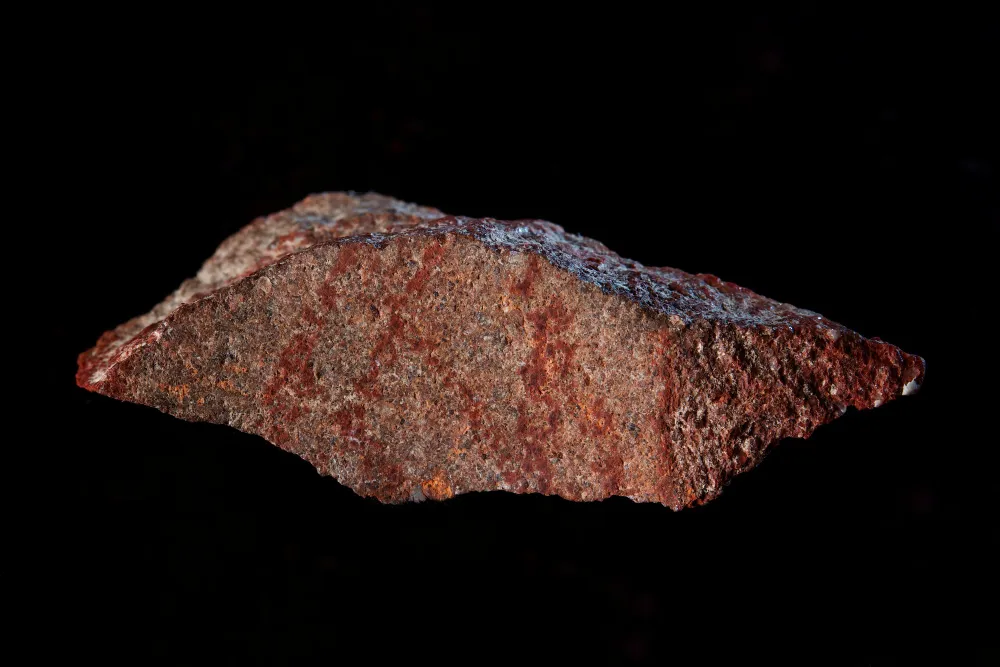Earliest human drawing found on Western Cape's doorstep
Cape Town - In recent years, South Africa has been home to a number of important global archaeological finds.
From the discovery of Homo Naledi, an extinct ancient human species, at the “Cradle of Humanity” in 2015, to 71 000 year old stone tools found at Sibudu in KwaZulu-Natal, the country boasts a rich history of sites which hold archaeological and historical prominence for both the continent and the world.
One such location, the Blombos Cave, found at the Blombosfontein Nature Reserve in the southern Cape, has for years served as a multi-faceted excavation site where experts have discovered archaeological evidence for the origins of modern human origins and behaviour.
Situated just 300 km east of Cape Town, it's here where archaeologists this week published evidence of a monumental find in the esteemed scientific journal Nature, of what's been called the "oldest drawing in the world".
The distinctive crosshatched drawing, etched with an "ochre crayon", was drawn on a smooth silcrete flake some 73 000 years ago.
Consisting of three red lines cross-hatched with six separate lines, the artifact pre-dates earlier scientific claims of art discovered at sites around the world which were drawn by early Homo sapiens.
The nine red lines on a stone flake also offers evidence of early man's ability to manifest abstract thought.

A stone flake discovered in Blombos Cave on South Africa's southern coast
The discovery was made by archaeologist Dr Luca Pollarolo of the University of the Witwatersrand and the University of Bergen, who has been excavating the Blombos Cave since 1991.
He, along with fellow archaeologist and Wits professor Christopher Henshilwood, studied thousands of similar flakes and initially believed that the crossed lines on the stone's facade were a natural feature.
“Before this discovery, Palaeolithic archaeologists have for a long time been convinced that unambiguous symbols first appeared when Homo sapiens entered Europe, about 40 000 years ago, and later replaced local Neanderthals," said Henshilwood.
The artifact is of greater importance as the find has shifted experts initial thoughts of when exactly our human ancestors began drawing.
Originally called G7bCCC-L13, researchers have now given the stone a more modern and befitting name: ‘#L13’, due to its hashtag appearance.
Henshilwood said the search for more similar drawings will continue at the cave. “The big message here is that Africa is the birthplace of modern humans,” he said.
@capetimes